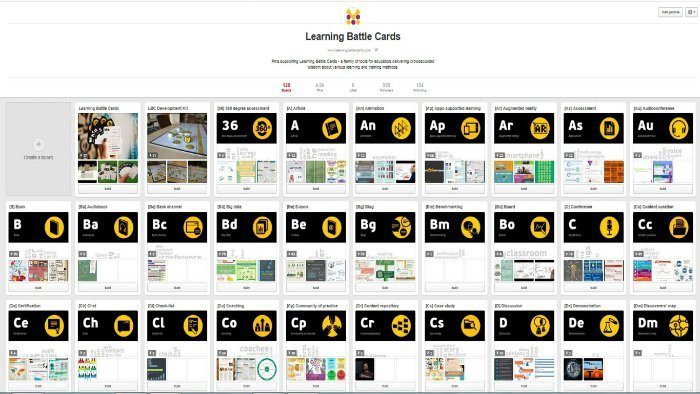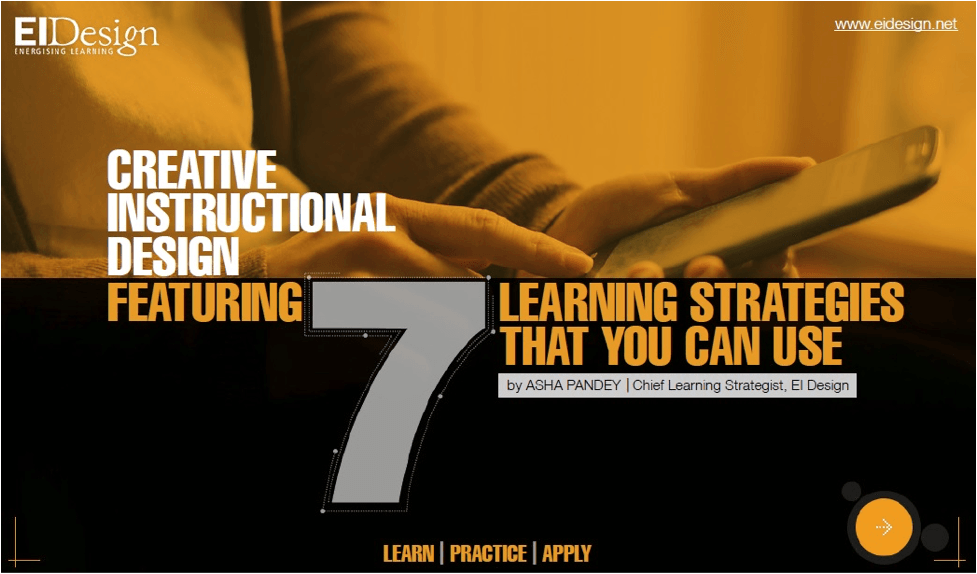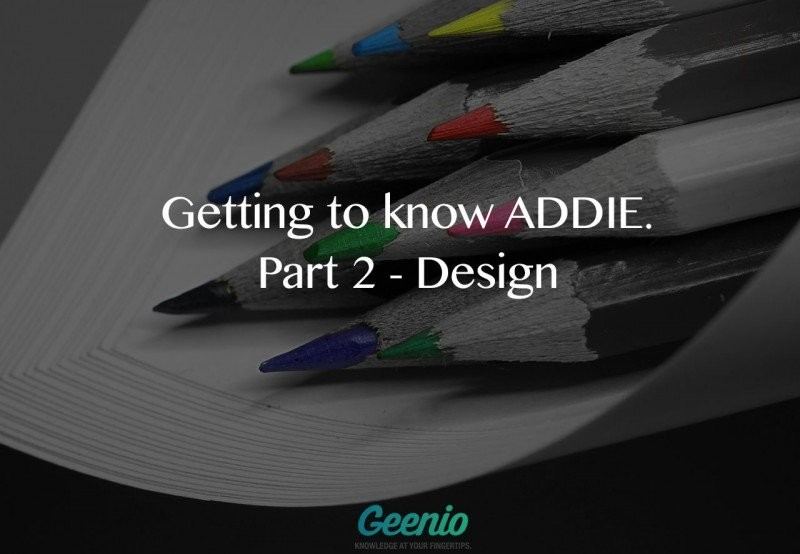November 13, 2015
Pedagogy Vs Andragogy In eLearning: Can You Tell The Difference?
Should you follow the same Instructional Design processes and apply the same learning strategies to all of your eLearning courses, regardless of the age of your audience? Do adults and children learn the same way? Certainly not. In this article, I’ll delve into the debate of Pedagogy vs Andragogy in eLearning clarifying the differences between the two concepts, so that you will be able to understand the respective challenges of each and create highly motivating eLearning projects for both your young and adult learners.
by Christopher Pappas











